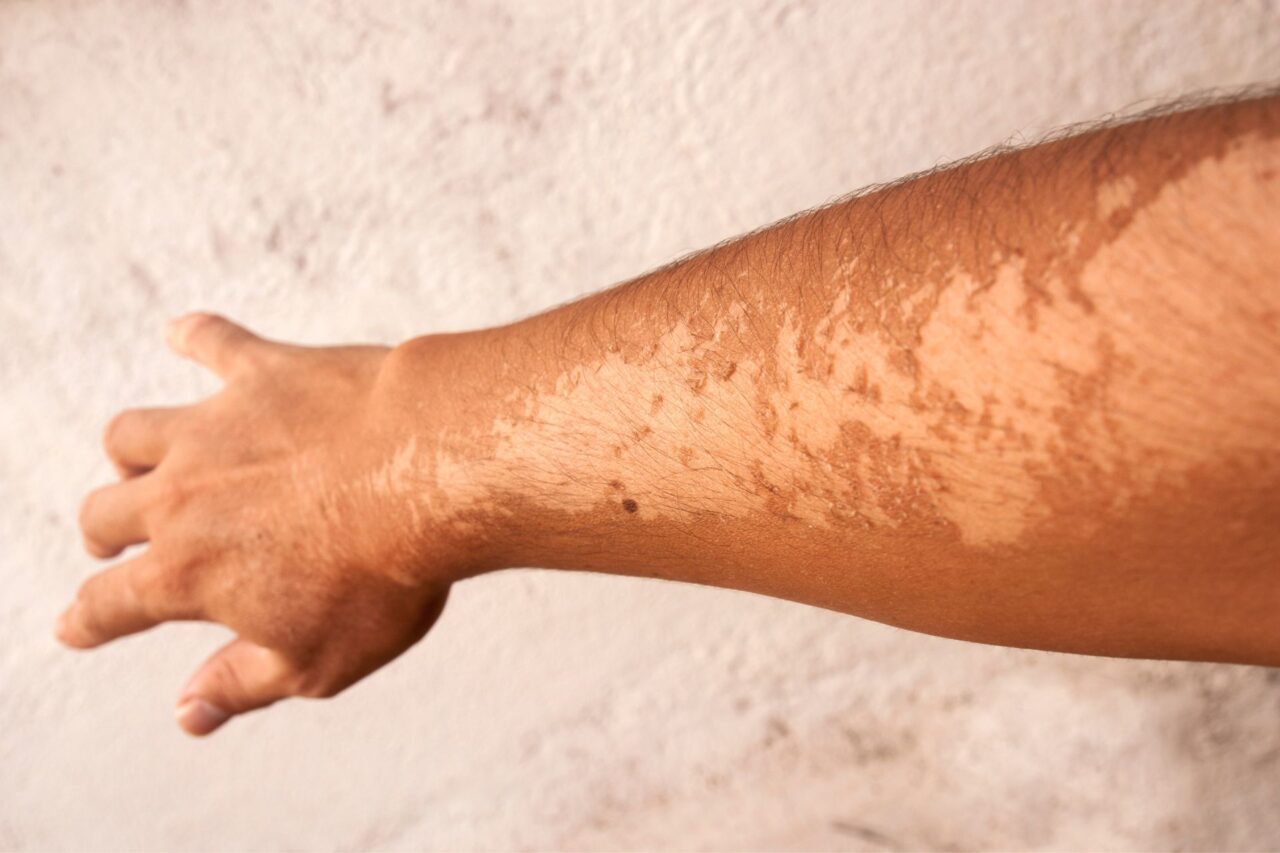Introduction
Welcome to our in-depth exploration of Hailey-Hailey Disease. Understanding the comprehensive diagnosis steps is crucial for effectively managing this condition. We will walk you through each aspect of diagnosis, offering insights, tips, and expert guidance.
Hailey-Hailey Disease: An Overview
Hailey-Hailey Disease, also known as familial benign pemphigus, is a rare genetic skin disorder that can cause discomfort and embarrassment for those affected. It manifests as painful, persistent blisters and rashes in areas where the skin rubs together, such as the armpits, groin, and under the breasts.
Key Symptoms
- Painful Blisters: The hallmark of Hailey-Hailey Disease is painful blisters that erupt in skin folds.
- Redness and Cracking: The affected areas often become red, inflamed, and prone to cracking.
- Itching and Burning: Patients may experience itching and burning sensations.
Hailey-Hailey Disease: Comprehensive Diagnosis Steps
Medical History Review
- Understanding Your Background: Your doctor will start by discussing your medical history to assess any genetic predisposition.
- Family History: A detailed family history is crucial, as Hailey-Hailey Disease is often hereditary.
Clinical Examination
- Physical Examination: A thorough physical examination of the affected areas will be conducted.
- Skin Biopsy: In some cases, a skin biopsy may be recommended to confirm the diagnosis.
Differential Diagnosis
- Rule Out Similar Conditions: Hailey-Hailey Disease can mimic other skin conditions, so it’s essential to rule out alternatives.
Genetic Testing
- Genetic Screening: Genetic testing can confirm the presence of mutations in the ATP2C1 gene, which is associated with Hailey-Hailey Disease.
Laboratory Tests
- Skin Culture: A skin culture may be performed to rule out bacterial or fungal infections.
- Blood Tests: Blood tests can help assess overall health and rule out other medical conditions.
Imaging
- X-rays: In some cases, X-rays may be used to examine bone involvement if the disease is severe.
Biopsy Analysis
- Microscopic Examination: A biopsy sample will be examined under a microscope to confirm the presence of characteristic changes.
Hailey-Hailey Disease: Comprehensive Diagnosis Steps

FAQs
Is Hailey-Hailey Disease curable?
Currently, there is no cure for Hailey-Hailey Disease, but various treatments can help manage symptoms effectively.
How is Hailey-Hailey Disease treated?
Treatment options may include topical and oral medications, lifestyle modifications, and photodynamic therapy.
Is Hailey-Hailey Disease life-threatening?
No, Hailey-Hailey Disease is not life-threatening, but it can significantly affect one’s quality of life.
Can Hailey-Hailey Disease be passed on to children?
Yes, Hailey-Hailey Disease is hereditary, and there is a risk of passing it on to offspring.
Are there any support groups for Hailey-Hailey Disease patients?
Yes, there are support groups and online communities where patients and their families can connect, share experiences, and find resources.
What can I do to manage the discomfort of Hailey-Hailey Disease?
Avoiding triggers, practicing good skincare, and following your doctor’s recommendations can help manage symptoms.
Conclusion
In this comprehensive guide, we’ve delved into the diagnosis steps for Hailey-Hailey Disease, providing expert insights and valuable information. Remember, early diagnosis and proper management can greatly improve your quality of life if you’re living with this condition.




